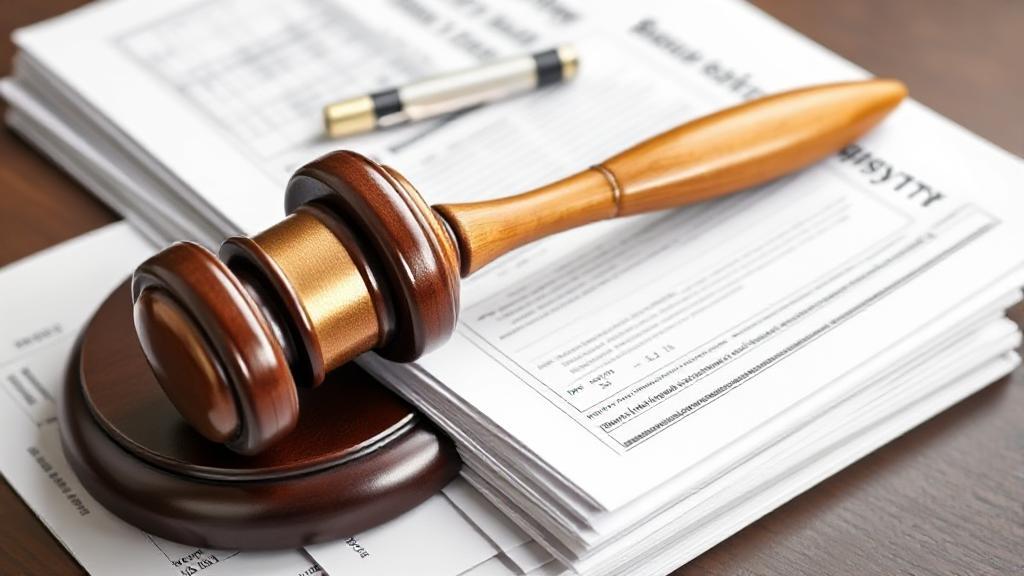Understanding Bankruptcy
Bankruptcy is a legal process that provides relief to individuals and businesses overwhelmed by debt. It offers a path to financial recovery while ensuring fair treatment of creditors through federal court proceedings. The process begins with a petition filed by the debtor or on behalf of creditors, where all assets are measured and evaluated.
What is Bankruptcy?
Bankruptcy is a federal court proceeding where debtors can eliminate or repay their debts under the protection of the bankruptcy court. The primary aim is to provide relief to debtors by discharging debts or creating a repayment plan while ensuring fair distribution of the debtor's available assets to creditors.
"The automatic stay is one of the fundamental debtor protections provided by the bankruptcy laws." - U.S. Supreme Court
Types of Bankruptcy
Chapter 7 - Liquidation
- Most common type for individuals
- Involves selling non-exempt assets
- Typically completed in 4-6 months
- Eliminates most unsecured debts
- Income must fall below state median
For more detailed information, visit the U.S. Courts website.
Chapter 13 - Reorganization
- Allows debtors to keep their property
- Creates 3-5 year repayment plan
- Ideal for those with regular income
- Can prevent foreclosure
- Debt limits apply
More information can be found on the U.S. Courts Chapter 13 page.
Chapter 11 - Business Reorganization
- Primarily used by businesses
- Allows continued operation during restructuring
- Complex and expensive process
- Can last several years
- Requires creditor approval
The Bankruptcy Process
- Credit counseling requirement
- Filing of petition and schedules
- Automatic stay takes effect
- Meeting of creditors
- Asset evaluation
- Discharge of eligible debts
Implications of Filing Bankruptcy
Immediate Effects
- Stops collection actions
- Halts foreclosure proceedings
- Prevents utility shutoffs
- Stops wage garnishments
- Pauses lawsuits
Long-term Consequences
Credit Impact
- Remains on credit report for 7-10 years
- Initial credit score drop of 100+ points
- Difficulty obtaining new credit
- Higher interest rates on future loans
Protected Assets (Usually):
Business vs. Personal Bankruptcy Comparison
| Aspect | Personal | Business |
|---|---|---|
| Primary Goals | Fresh start | Reorganization |
| Timeline | 3-6 months (Ch. 7) | Several months to years |
| Cost | Lower | Significantly higher |
| Complexity | Simpler | More complex |
Alternatives to Bankruptcy
Before filing for bankruptcy, consider these alternatives:
- Credit counseling
- Debt consolidation
- Negotiation with creditors
- Debt settlement programs
Recovery After Bankruptcy
- Obtain secured credit card
- Make all payments on time
- Keep credit utilization low
- Monitor credit reports regularly
- Build emergency savings
For additional guidance, visit the National Foundation for Credit Counseling (NFCC) or the American Bankruptcy Institute (ABI).
Remember that bankruptcy should typically be considered a last resort after exploring other debt management options. The decision to file should be made with careful consideration of both immediate relief and long-term consequences.
